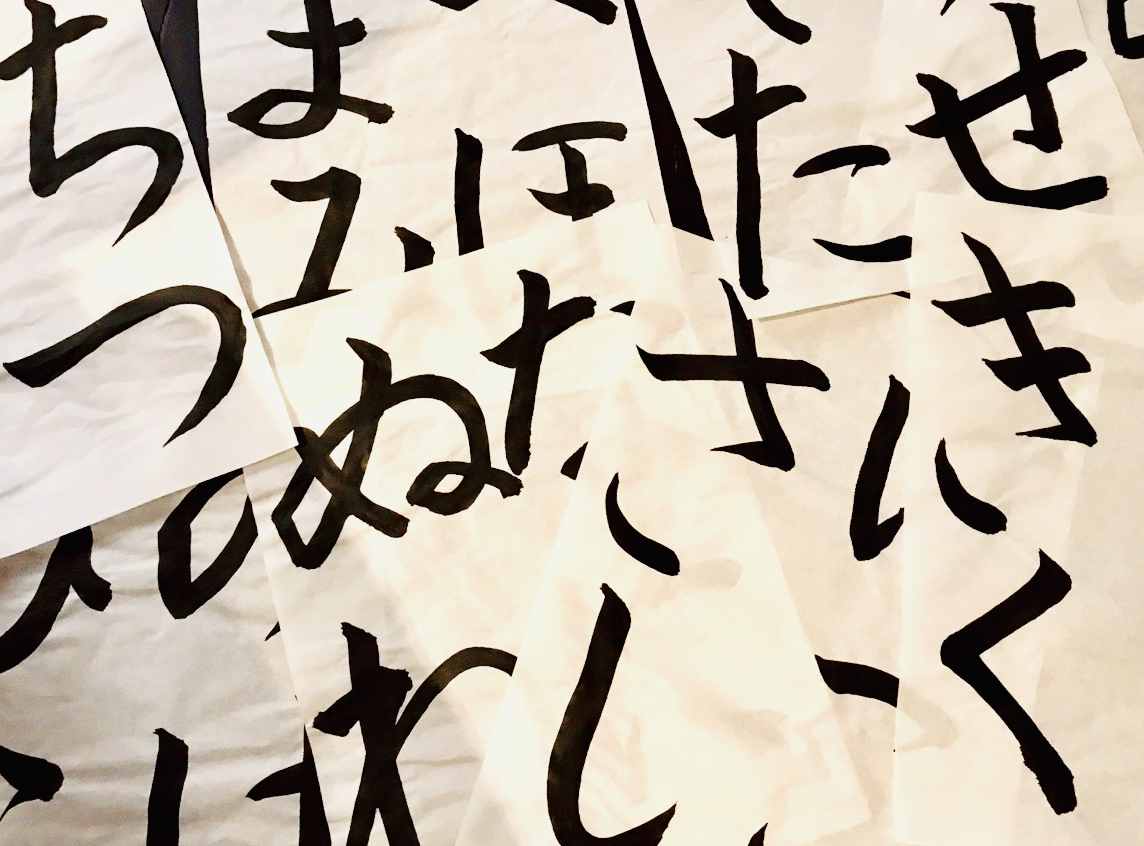
A common question I get from applicants in trainees is related to the language we are not teaching: Japanese. In my English lessons, do I use Japanese? Should I use it? How much? When? Does it handicap the student? For some of you just now thinking about coming to Japan to teach, you may also wonder exactly how much Japanese you need to survive in Japan and get by in your day-to-day life.
For starters, you’ll need to check the school’s policy. Some schools have rules banning the use of Japanese entirely, while some others conduct the lesson primarily IN Japanese. Whatever may personally feel ideal for teaching, you’ll have to toe the company line. But, let’s say ideally – is it good to use Japanese in your lessons?
Using In Teaching
In my own experience teaching for 8 years, I feel comfortable saying my ideal is probably, “Only when necessary for understanding, and only in a limited form.” There are a couple factors at play here which you need to balance against each other in a case-by-case basis.

When teaching things like vocabulary, I try to default to a simplified English definition first. This takes a bit of practice but you get fast at it quick. Something like “drowsy” can be easily defined as “sleepy” or maybe “sleepy but not at your sleeping time”, and “phenomenal” can be “really good, great”. I often teach these first – then once the student understands I will drop the definition in Japanese (courtesy of an online dictionary) into their lesson record as a supplement. But for words like “dog” or “mottled”, you definitely want to just go straight to Japanese. The former can’t be explained well any other way, and the latter is too complicated to try in English.
Another factor is time. How much time do you have with the student? And is it a good idea to spend 5 minutes trying to get them to understand what “modest” means, when you could do the same in 2 seconds in a dictionary? Here at ‘b Watashino Eikaiwa’, a lesson is just 40 minutes so seconds count. Sometimes you’ll have to know when to choose your battles.
When explaining broader meanings, like of readings or given sentences, I find myself doing a piecemeal breakdown of the piece. I’ll start to rephrase the sentence in simplified English, inserting select words or bits of language in simplified Japanese. While this may sound confusing, what’s really happening is the student being guided to understand the sentence as English first, with selected difficult sticking points clarified in Japanese. If you just drop the whole meaning in an entirely new Japanese sentence, they’ll say they understand – but they really understand your Japanese, not the English construction in front of them.
Required in Lessons

OK, full disclosure: I still don’t have great Japanese. I know, I know, I’m getting there. But I’ve still had plenty of success teaching English to Japanese students at all skill levels and in everything from travel and casual speaking to business, medical, and technical language. How’s that? Well, it has to do with prioritizing the Japanese you do know or are studying.
You do need at least a little. If you don’t know “dog” yourself, you’re in trouble. By my estimation, you’ll be well served by getting at least to a kindergarten-level of ability with Japanese. You need to understand basic past and present, and you should also learn the Japanese words for the big 4 parts of speech: noun, verb, adjective, adverb.
You should learn how to type in Japanese. Practice using your computer’s romaji keys to type out Japanese syllables: typing u-d-o-n-n and using the IME interface to get うどん. While a useful skill anyway, it’s invaluable to be able to type out what the student says into your search engine or dictionary and figure out what English word you need to teach them!
You can lean on supporting online resources – in moderation. An online dictionary, online image search, online translator, etc., are all useful to discover what they’re saying or what the translation of your particular casual phrase would be in Japanese. But do this sparingly – you’re there to teach, and the student can search the web for their own answers without paying to have you do it.
Japanese for Living in Japan
This answer may surprise you: one doesn’t really NEED that much. Some basic vocabulary helps, and lots of basic English words have entered the Japanese language and are widely understood already. Japanese in service positions usually try to be accommodating (especially in Tokyo) and all Japanese get a barebones-basic education in English in grade school which can help. There are English-speaking realtors, English-speaking support desks, and to buy food at the konbini you really don’t need to say a thing.
Maybe the real question here should be, “How much Japanese do you WANT?” It would be a shame to travel all the way to Japan, only to find so much locked behind a language barrier – not only will you better understand and appreciate your conversations with students, but movies, comics, animation, fandoms, traditional culture, new friends and traveling in general will all come easier the more you can speak. So perhaps the best answer is to that is, as much as you can get!
Interested in Working at b?
You may become curious about our school and positios. If you want to apply, please refer to the page by clicking the following link.

https://recruitment.b-cafe.net/lesson-partner


